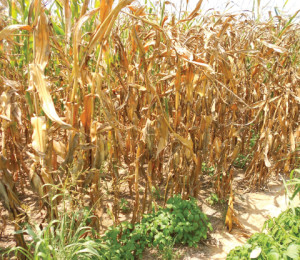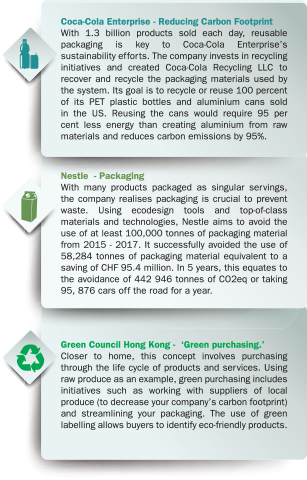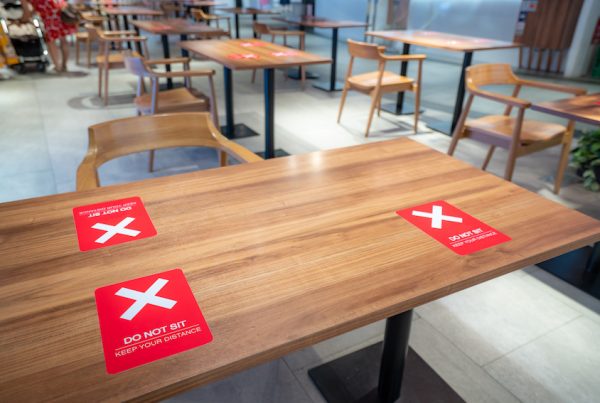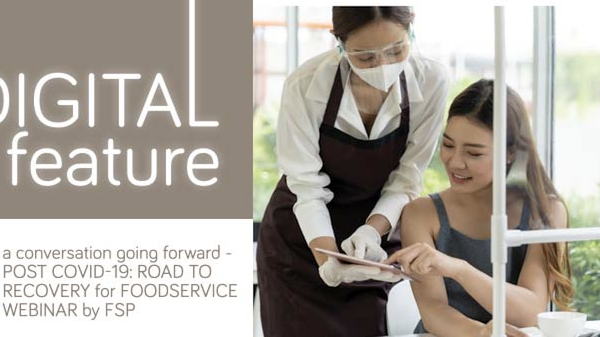
It does not take an expert to tell you that industrialisation advanced society but has become a detriment to the ecosystem. Environmental issues first surfaced back in the ‘60s – cases of unbearable smog, oil spills and water pollution emerged in both the cities and backwaters of the United States. These issues prompted the first Earth Day in 1970. Despite over 15 million US citizens, hundreds of schools and organisations showing their support, the movement faded due to its slow uptake in the White House. Although there were notable milestones for the environment since, there are still people who deny the existence of climate change today.
 Yet, is it just an illusion? Just look around our Asian region. A two-month long drought that spread across India in 2009 caused staple crops like rice, soybeans, and sugarcane to drop 85% below normal without the monsoon rains critical for their growth. Issues like these could prompt a spike in commodity prices and increase price volatility, not to mention the increase in processing costs due to operational disruptions. In extreme cases, it may even create food safety challenges and conflicts amongst local communities. There are many more examples but we are sure you are not ignorant to the effects of climate change on your daily life.
Yet, is it just an illusion? Just look around our Asian region. A two-month long drought that spread across India in 2009 caused staple crops like rice, soybeans, and sugarcane to drop 85% below normal without the monsoon rains critical for their growth. Issues like these could prompt a spike in commodity prices and increase price volatility, not to mention the increase in processing costs due to operational disruptions. In extreme cases, it may even create food safety challenges and conflicts amongst local communities. There are many more examples but we are sure you are not ignorant to the effects of climate change on your daily life.
The recent invigoration in protecting the environment and the UN’s commitment towards a more sustainable Earth has been promising. As we speak, innovations and ideas about sustainability are developing and being implemented across the globe.
SUSTAINABILITY & FOODSERVICE
Sustainability was first defined in 1987 as “development that meets the needs of today without compromising the ability of future generations to meet their needs.” How is the foodservice sector responding to the environmental challenges? While it is not possible for a single industry to circumnavigate factors like the weather, companies have started initiating sustainable strategies in ways they can. A report published last year from FoodDrink Europe states that food and drink manufacturers have made significant investments to improve their energy performance and to reduce greenhouse gas emissions (GHG). Between 1999- 2008, the industry reduced its greenhouse gas emissions by 18 percent, despite increasing their production value by 29 percent over the same period. The use of resources is unique to each company and here are few noteworthy efforts by global brands.


You might be thinking that you’re on a much smaller scale compared to the examples listed above, but fret not, because there are so many ways to incorporate sustainability into your daily workflow. For starters, replacing your plastic take-away containers with paper or something more environmentally-friendly can make a difference. Innovative packaging companies now make biodegradable containers made from materials such as compostable corn starch and wood.
It would be a dream to think we can restore Earth to its former self, therefore the only way is to be innovative in conservation. One of the major aspects to look into is energy management. The following parts provide a wider picture of energy, how we can use less in our daily lives and most importantly, how you can optimise your kitchen right from the start.
 Trivia:
Trivia:
Have you heard of ‘greenwashing’? It is when corporations misrepresent their environmental impact with aggressive PR campaigns. Evidence of ‘greenwashing’ often comes by discerning consumers pointing out spending differences in a company’s advertising its “green” efforts above money and time actually spent on environmentally sound practices. Think carefully before announcing that you’re going green.










